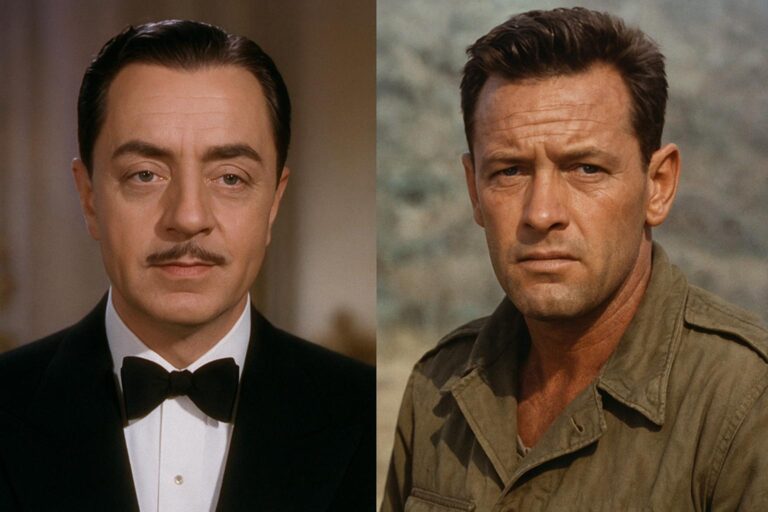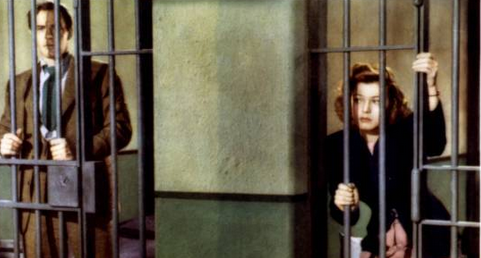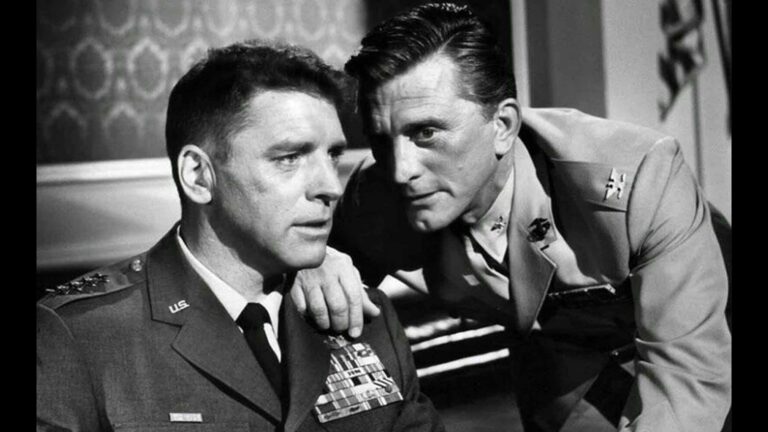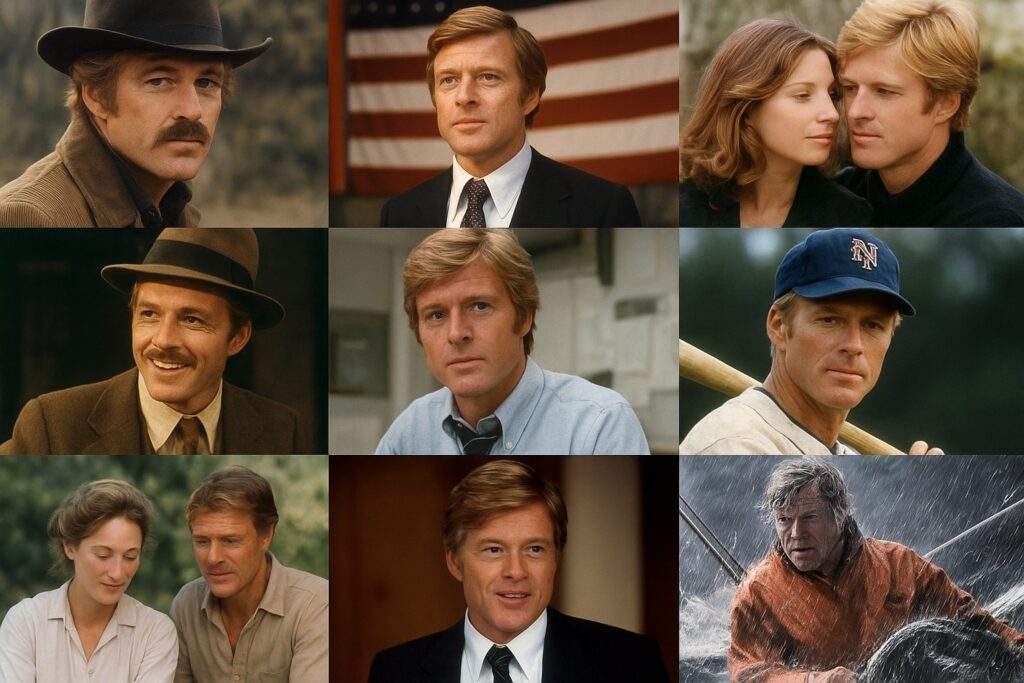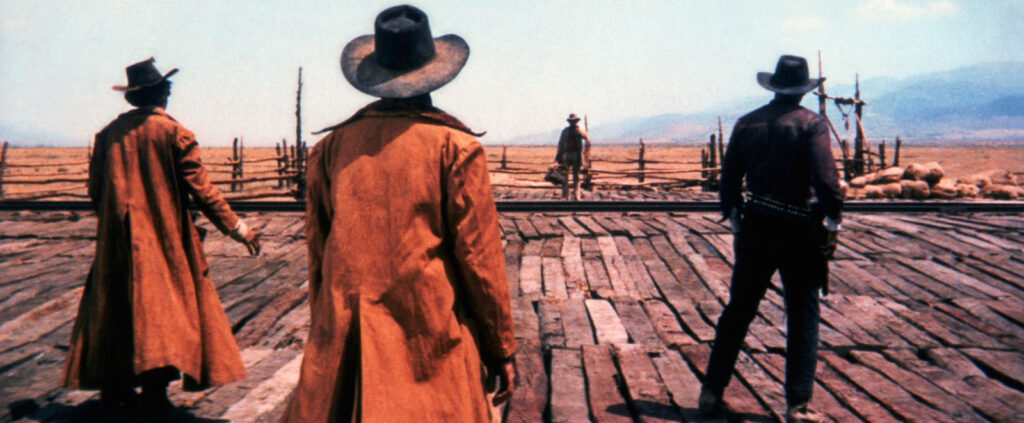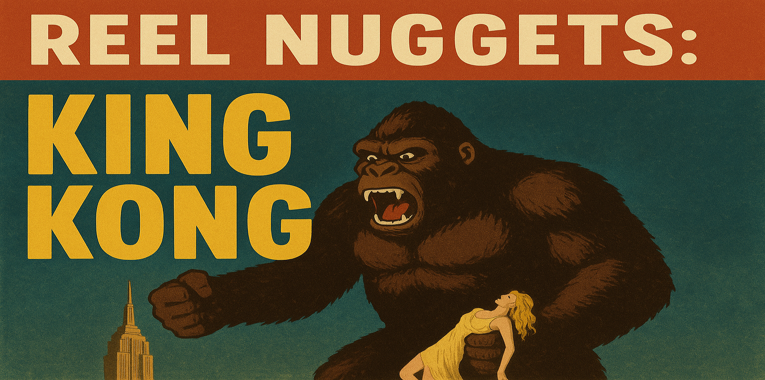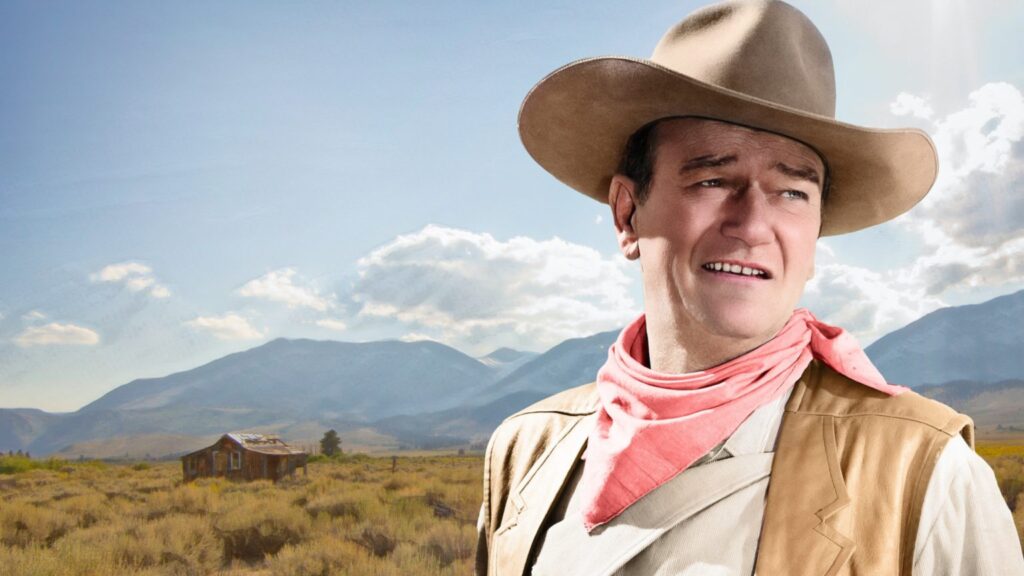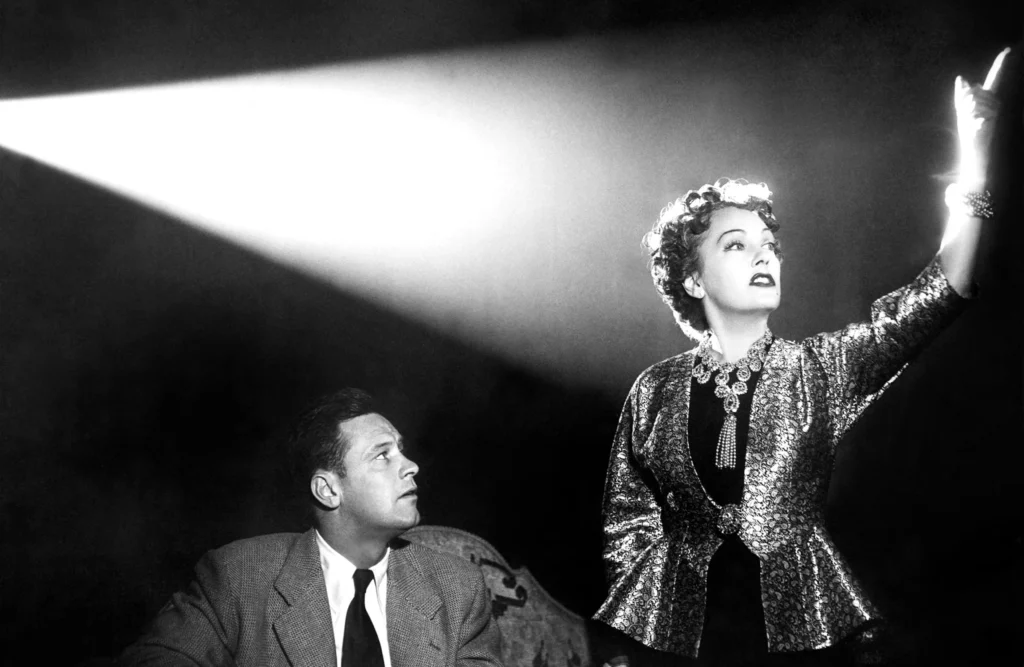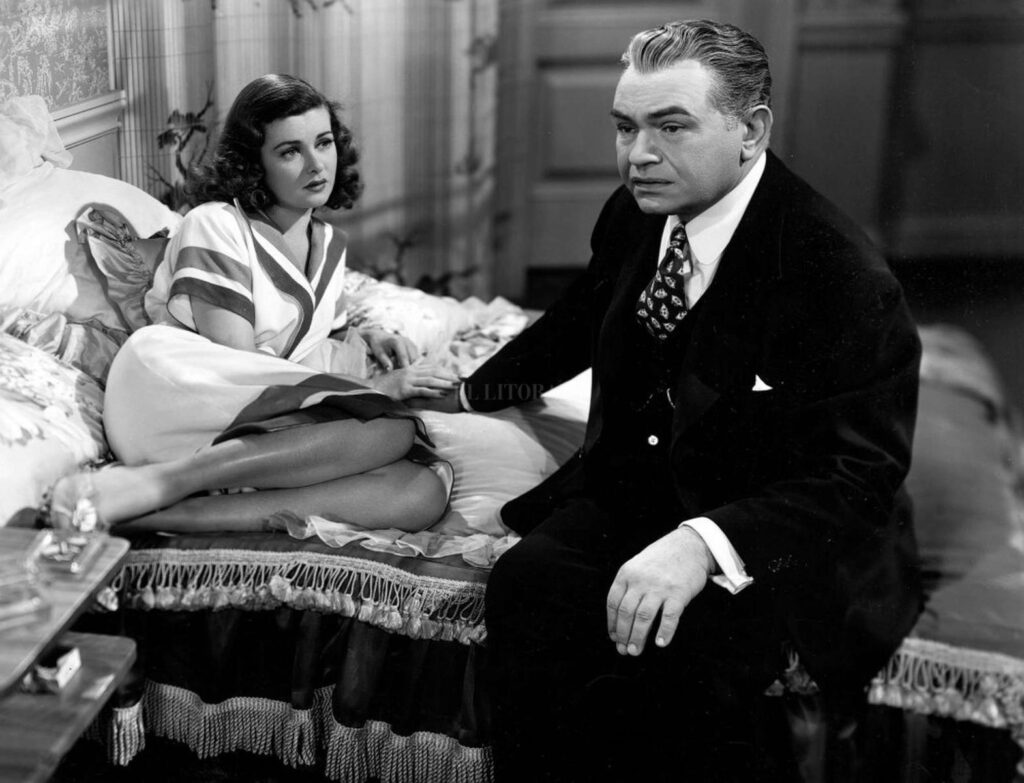In the annals of movie history, certain roles and the actors who portray them become so intertwined, it’s almost impossible to imagine anyone else stepping into the part. Think of Clark Gable as Rhett Butler, Humphrey Bogart as Sam Spade, or Judy Garland as Dorothy. For mystery fans and classic movie lovers alike, one name stands above the rest when it comes to Arthur Conan Doyle’s legendary sleuth: Basil Rathbone.
To many, he is Sherlock Holmes.
Between 1939 and 1946, Basil Rathbone donned the iconic deerstalker hat and wielded Holmes’s sharp wit and piercing gaze across 14 films and over 200 radio broadcasts, forever linking his name to that of the great detective from Baker Street. While numerous talented actors have tackled Holmes over the years—from Jeremy Brett to Benedict Cumberbatch—none have quite captured the elegant precision and magnetic intelligence of Holmes the way Rathbone did.
Born in Johannesburg in 1892 and raised in England, Rathbone came to the screen after an impressive stage career, including Shakespearean roles that showcased his command of language and presence. It was this theatrical training that brought a certain gravitas to Holmes—calm, refined, always two steps ahead of everyone else in the room.
When The Hound of the Baskervilles premiered in 1939, it marked the first time Sherlock Holmes had appeared in a Hollywood “talkie.” The studio wisely paired Rathbone with Nigel Bruce as the ever-loyal (and often comically befuddled) Dr. Watson. The chemistry between the two was instant. Bruce’s Watson may have deviated from Doyle’s more capable literary version, but his warm, humorous interpretation made Rathbone’s razor-sharp Holmes seem all the more brilliant by comparison.
Rathbone’s portrayal was never showy or exaggerated. He approached Holmes not as a cold, mechanical genius but as a man driven by justice and clarity—a person of keen insight who remained oddly aloof from human emotion, and yet deeply principled. With his hawk-like profile, clipped British diction, and eyes that seemed to pierce right through the screen, Rathbone became the embodiment of deduction itself.
Interestingly, while the first two films in the series were set in Victorian England, later entries—produced by Universal Pictures—transported Holmes and Watson into the 1940s, where they confronted Nazis and wartime saboteurs. While some purists raised eyebrows, Rathbone made the transition seamlessly. Whether tracking a murderer through fog-drenched moors or unmasking spies in London, his Holmes remained unchanged: brilliant, unflappable, and always just a little mysterious.
But for all his success in the role, Rathbone eventually grew weary of being typecast. He left the series in 1946, yearning to return to the stage and to broader roles. And yet, despite his many achievements—including memorable turns as villains in The Adventures of Robin Hood and Captain Blood—he would always be remembered as Sherlock Holmes.
In a 1950s interview, Rathbone once remarked that Holmes was “the easiest role I ever played—and the hardest to escape.” It’s a sentiment that many actors in iconic roles can understand. But if the shadow of Sherlock Holmes followed Basil Rathbone for the rest of his life, it was one he wore with dignity.
And today, when audiences revisit those beautifully atmospheric black-and-white films—with their swirling fog, ominous shadows, and that instantly recognizable violin theme—it’s Rathbone’s face they see, his voice they hear, and his version of Holmes that continues to define the character for generations.
Yes, there have been other Holmeses before and since, and many of them have been excellent. But for those of us who love the classics, who find comfort in that certain old-Hollywood style where intelligence and elegance went hand in hand, Basil Rathbone remains, quite simply, the definitive Sherlock Holmes.




